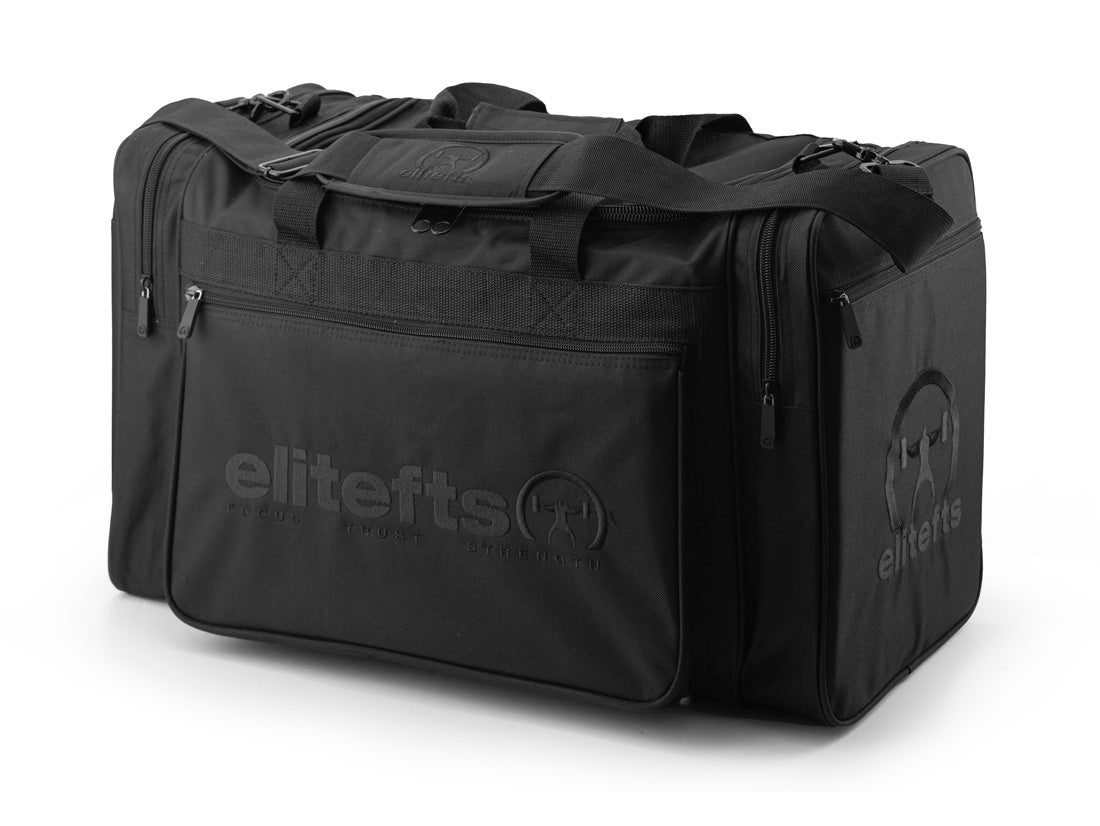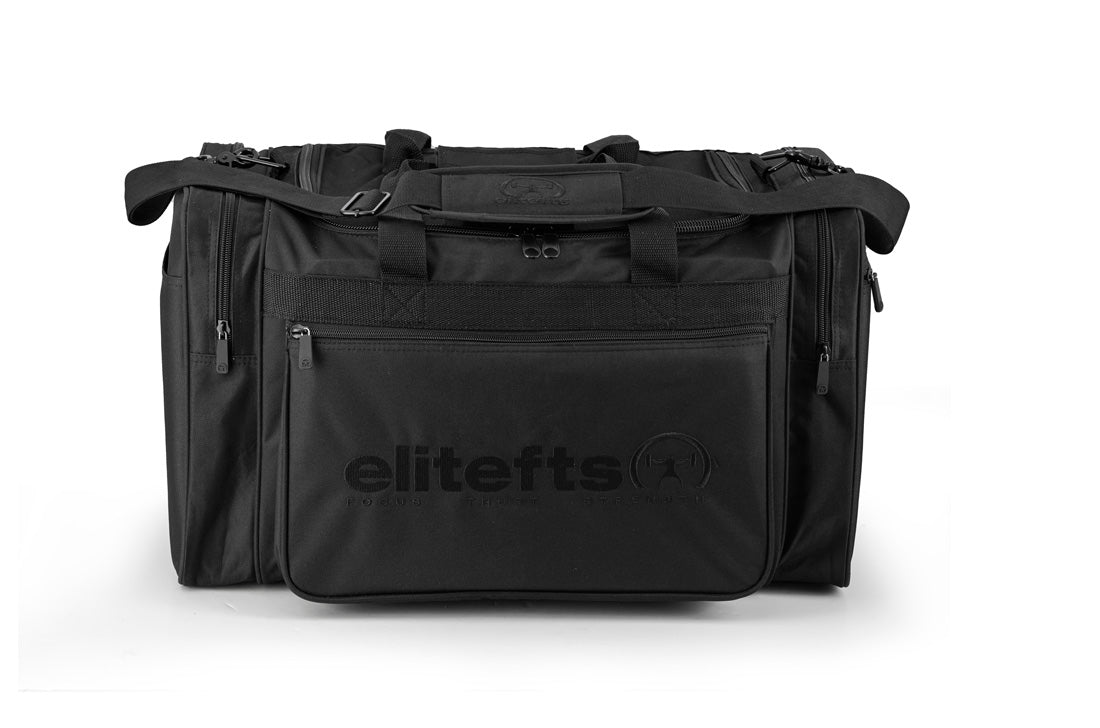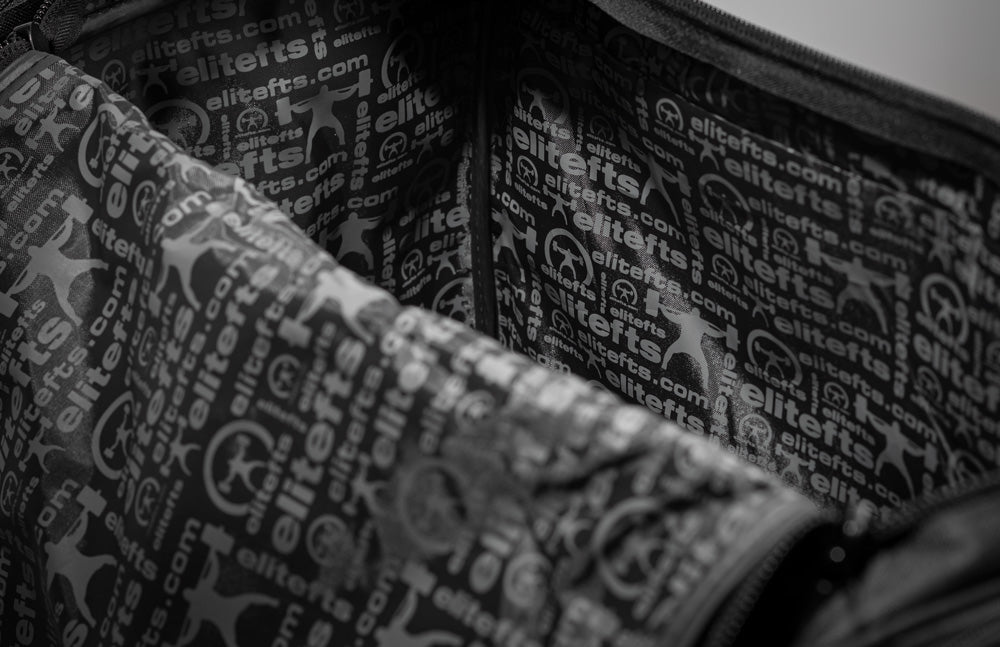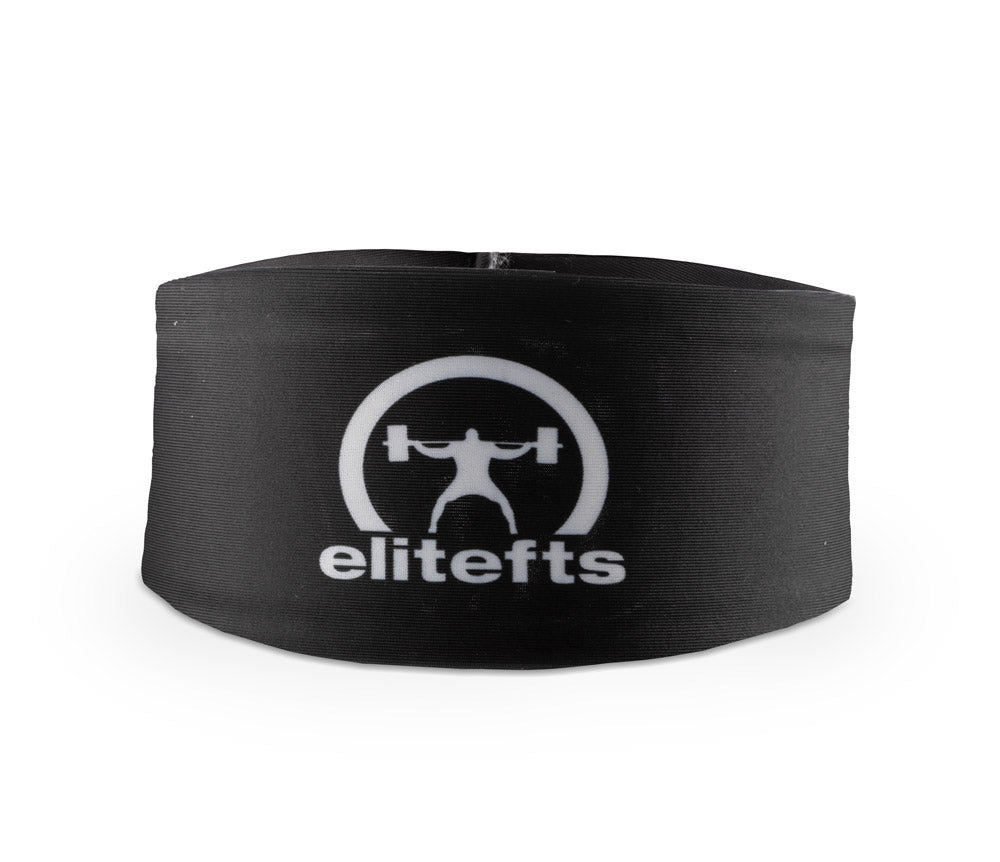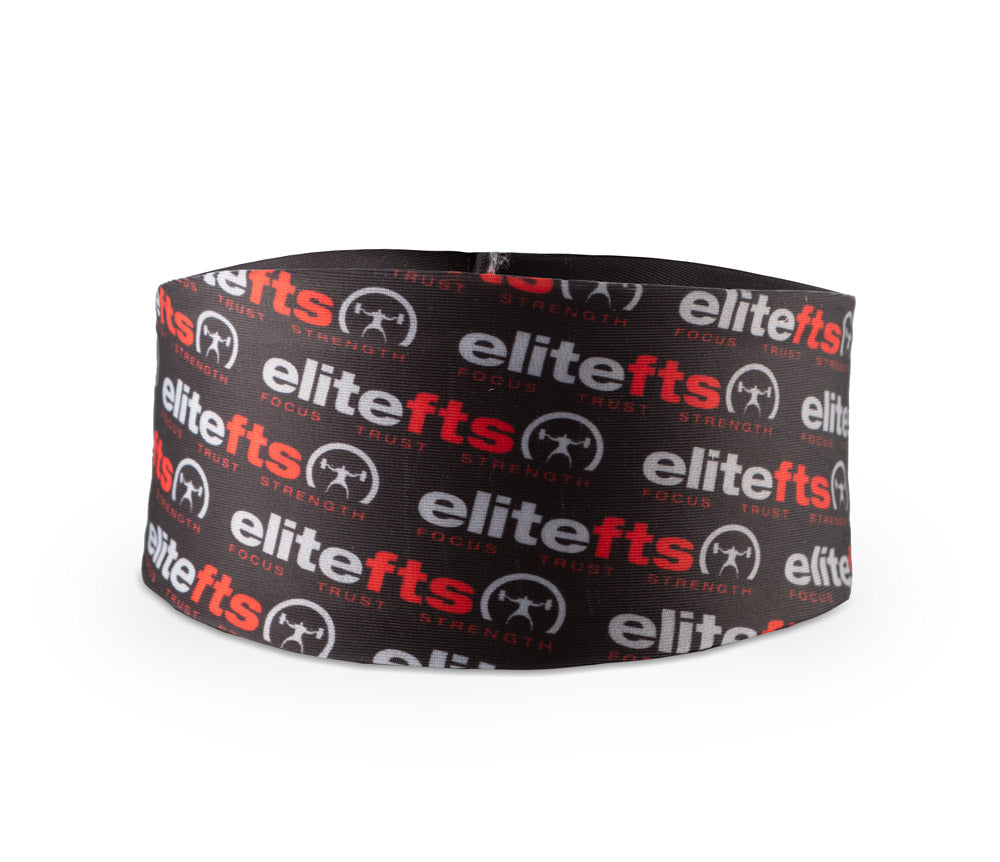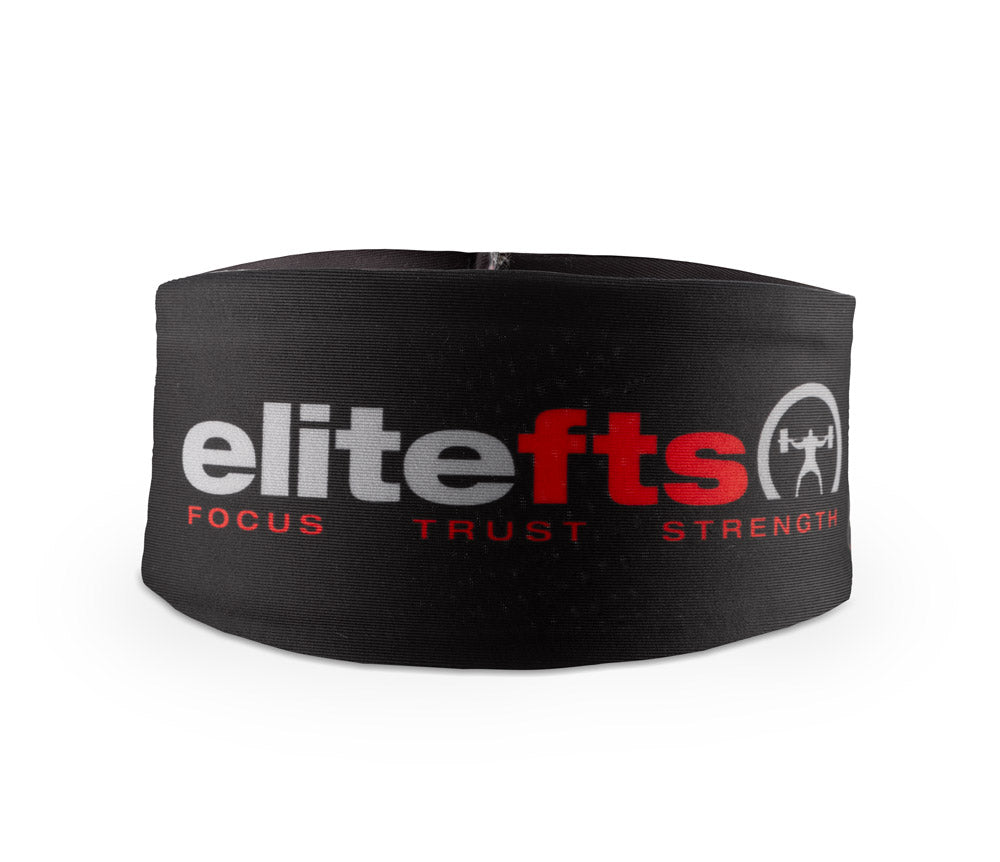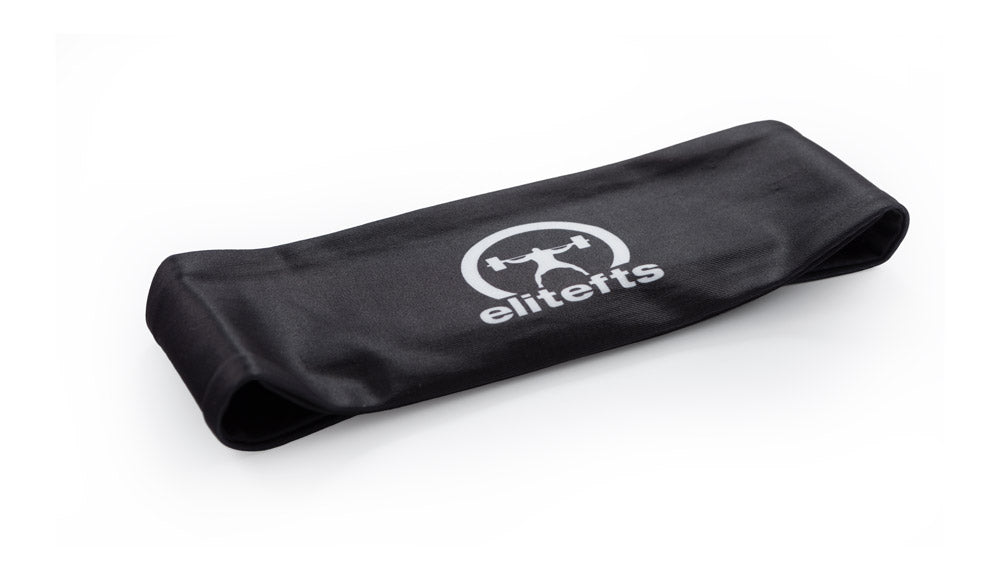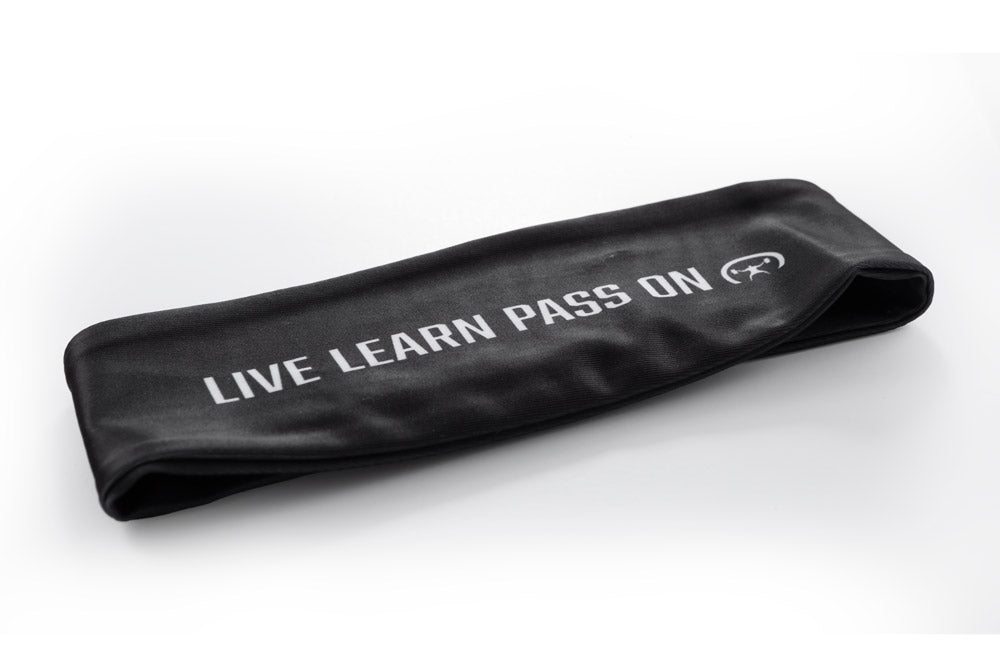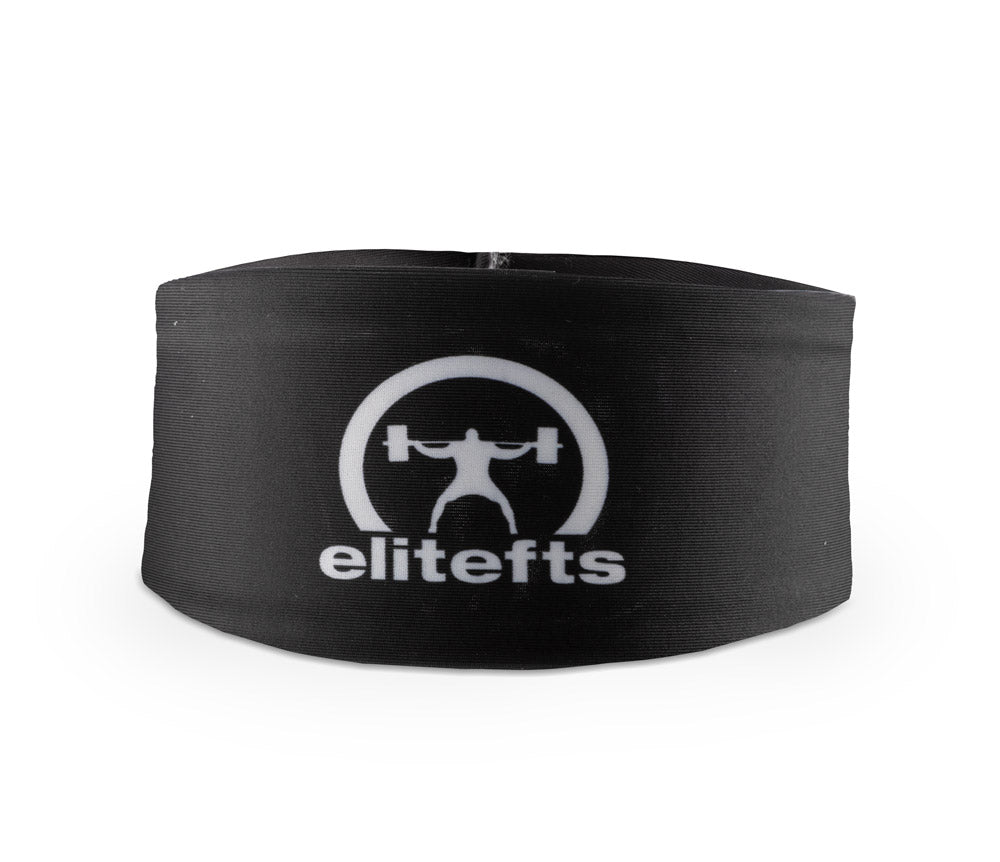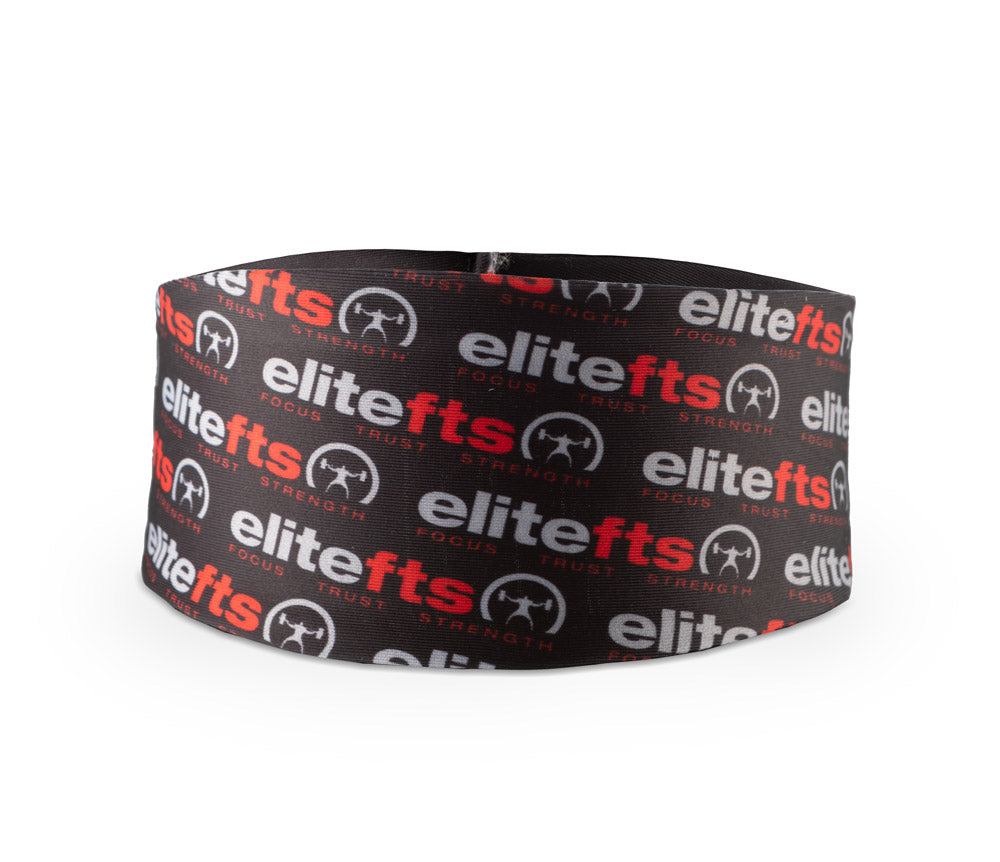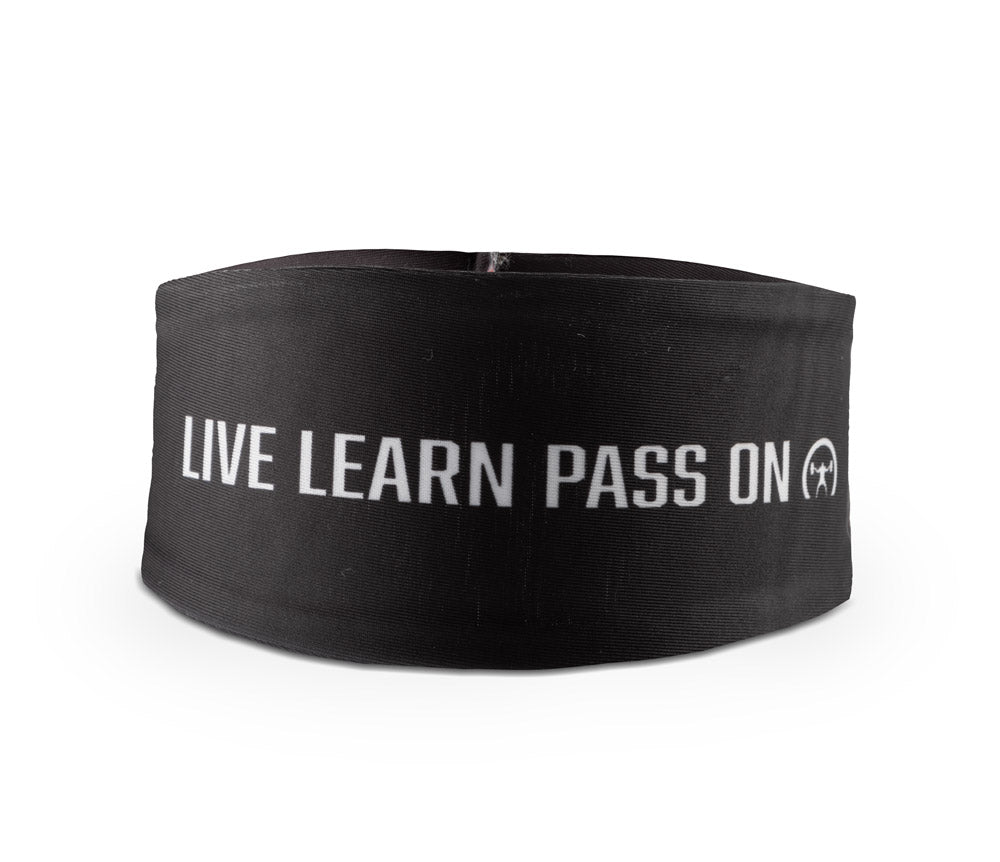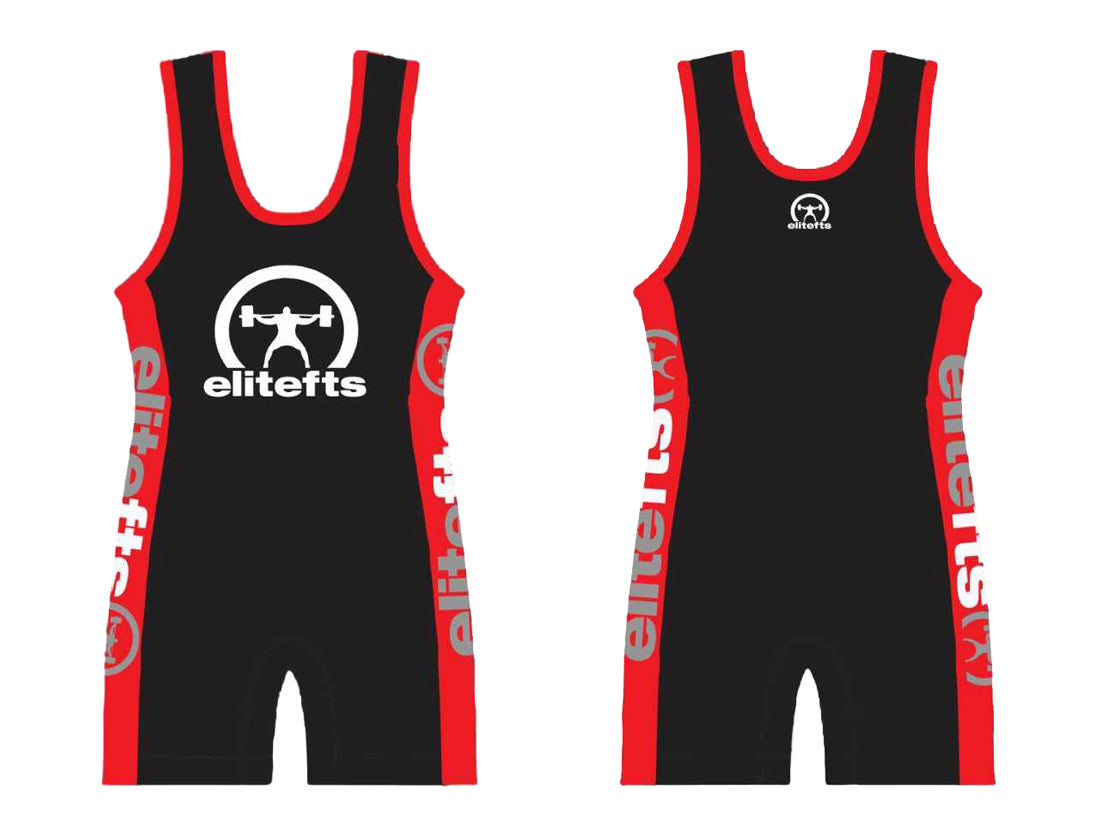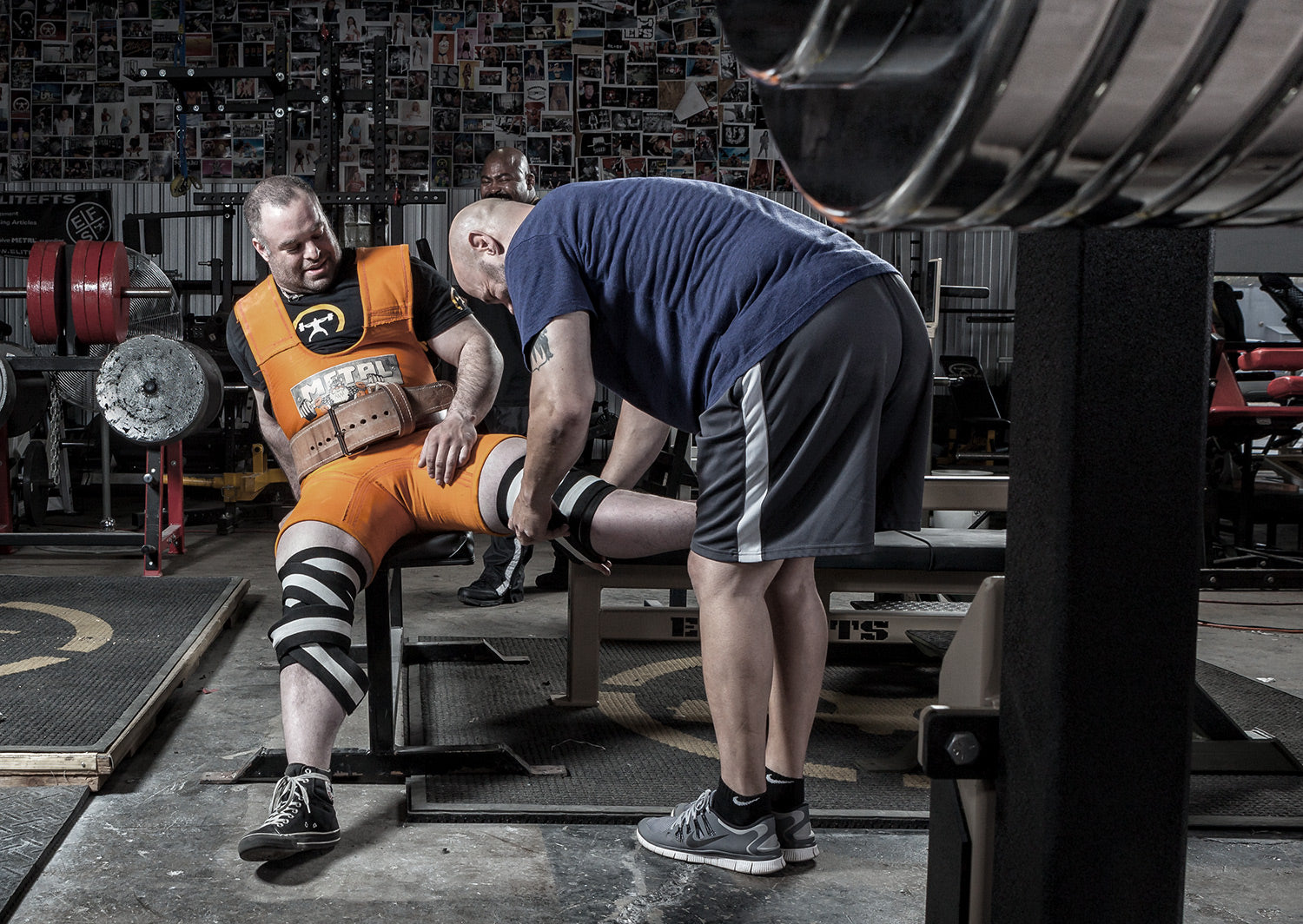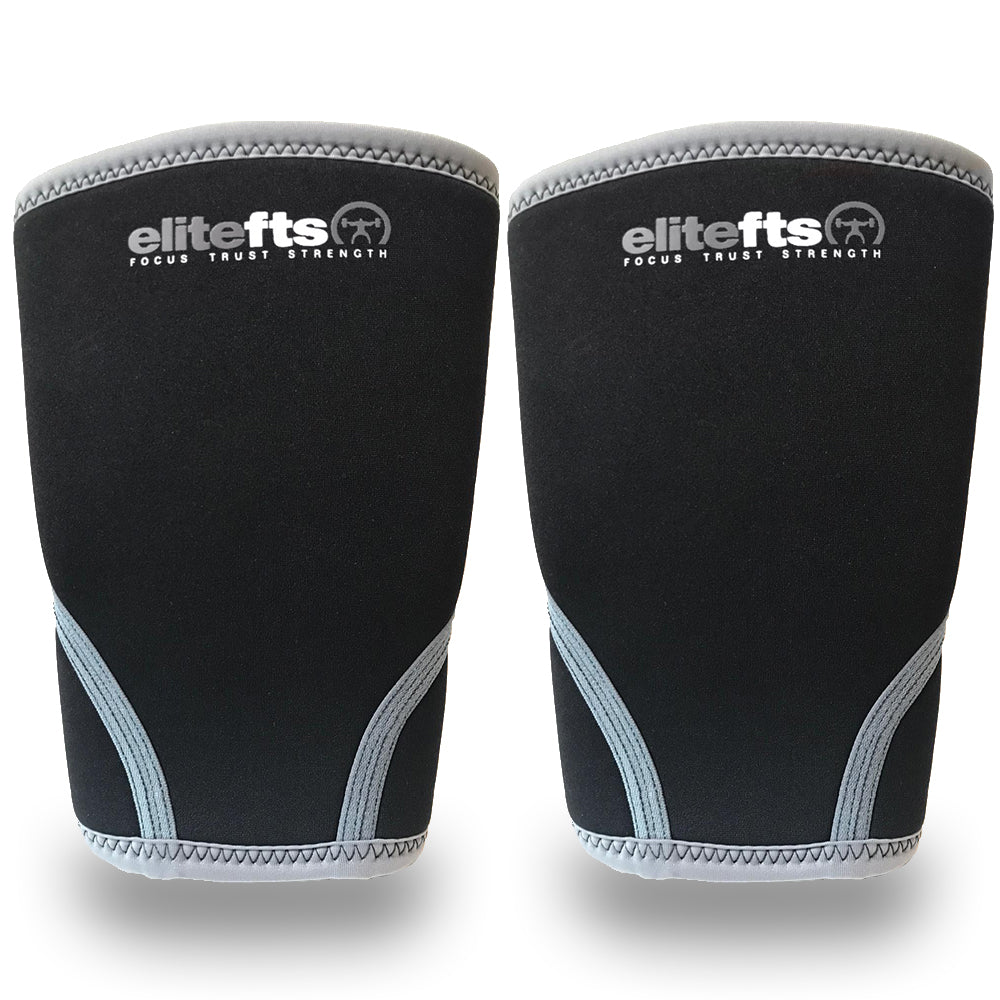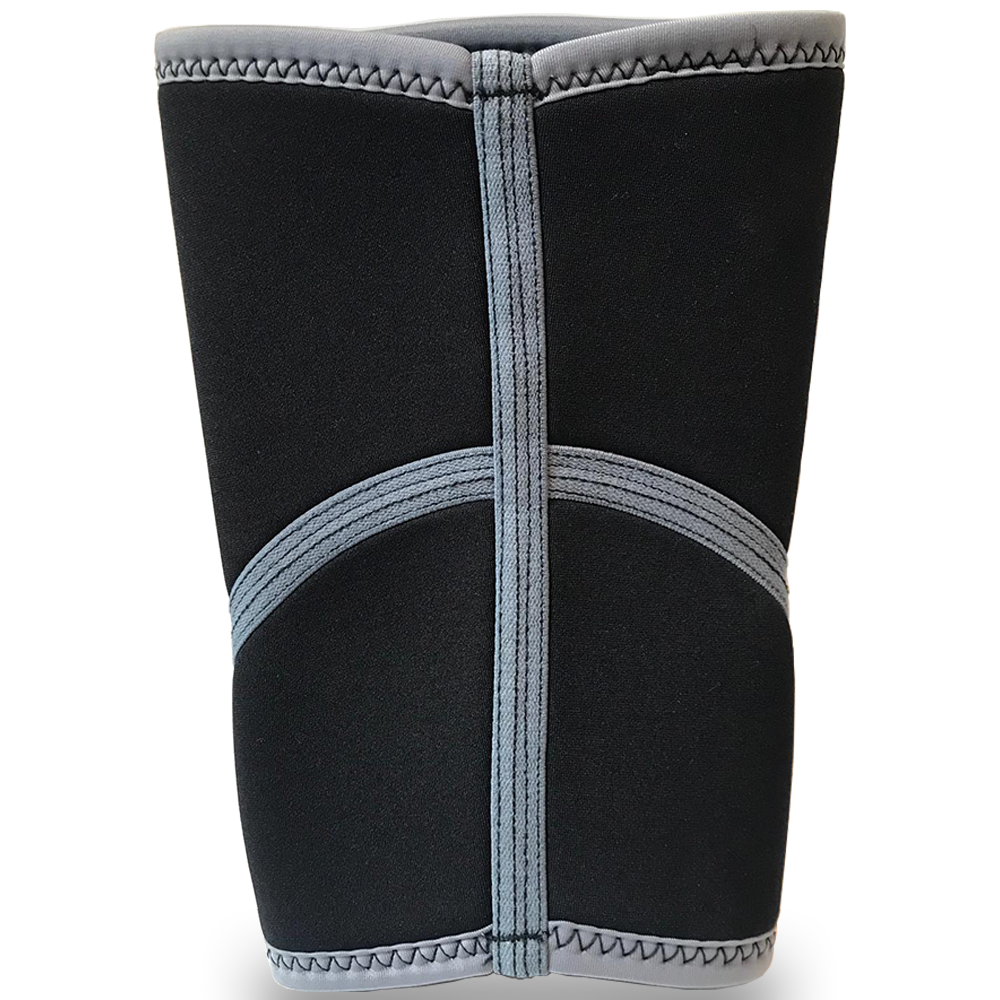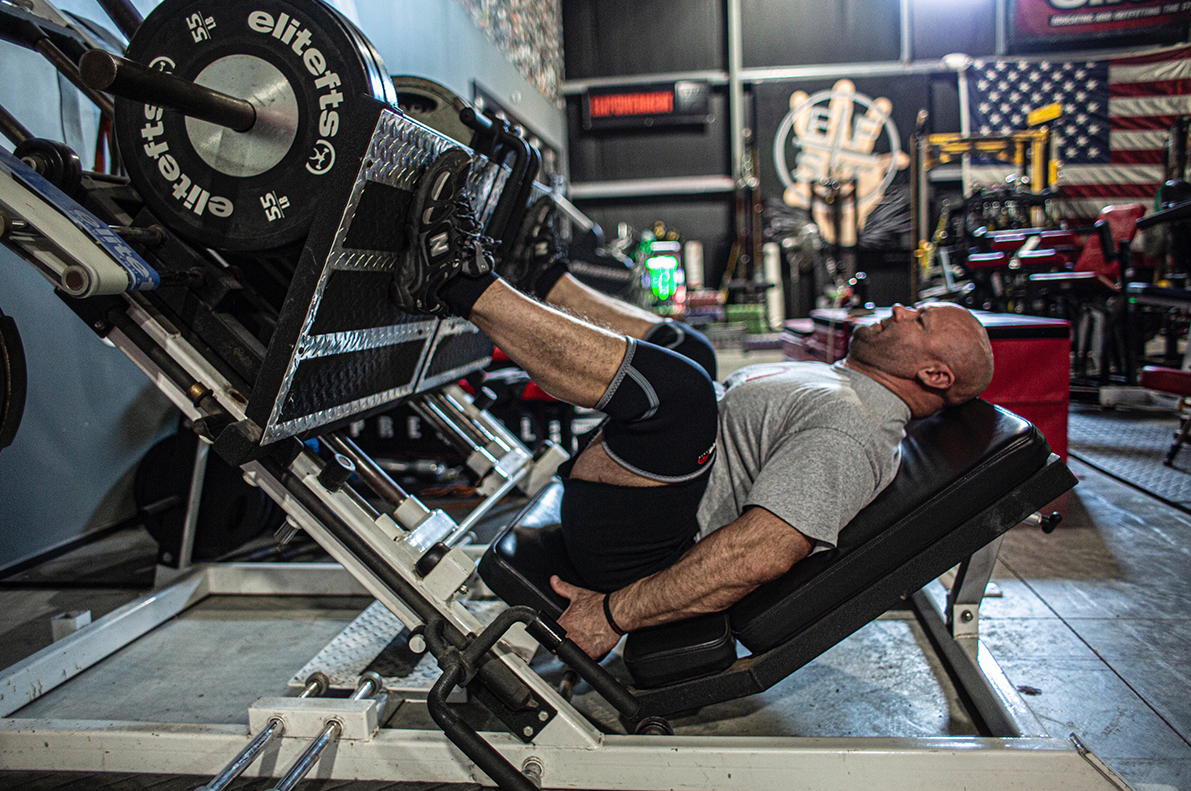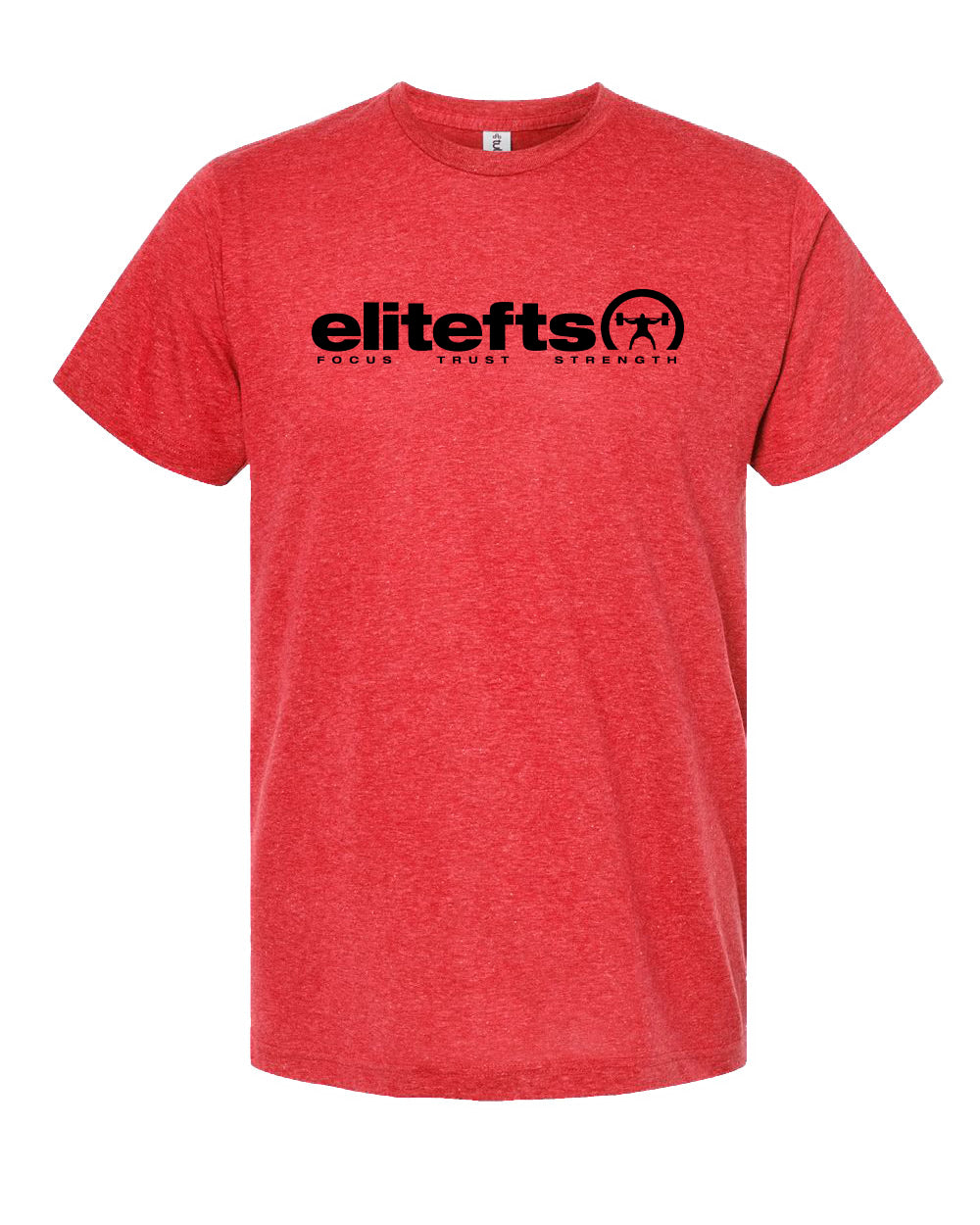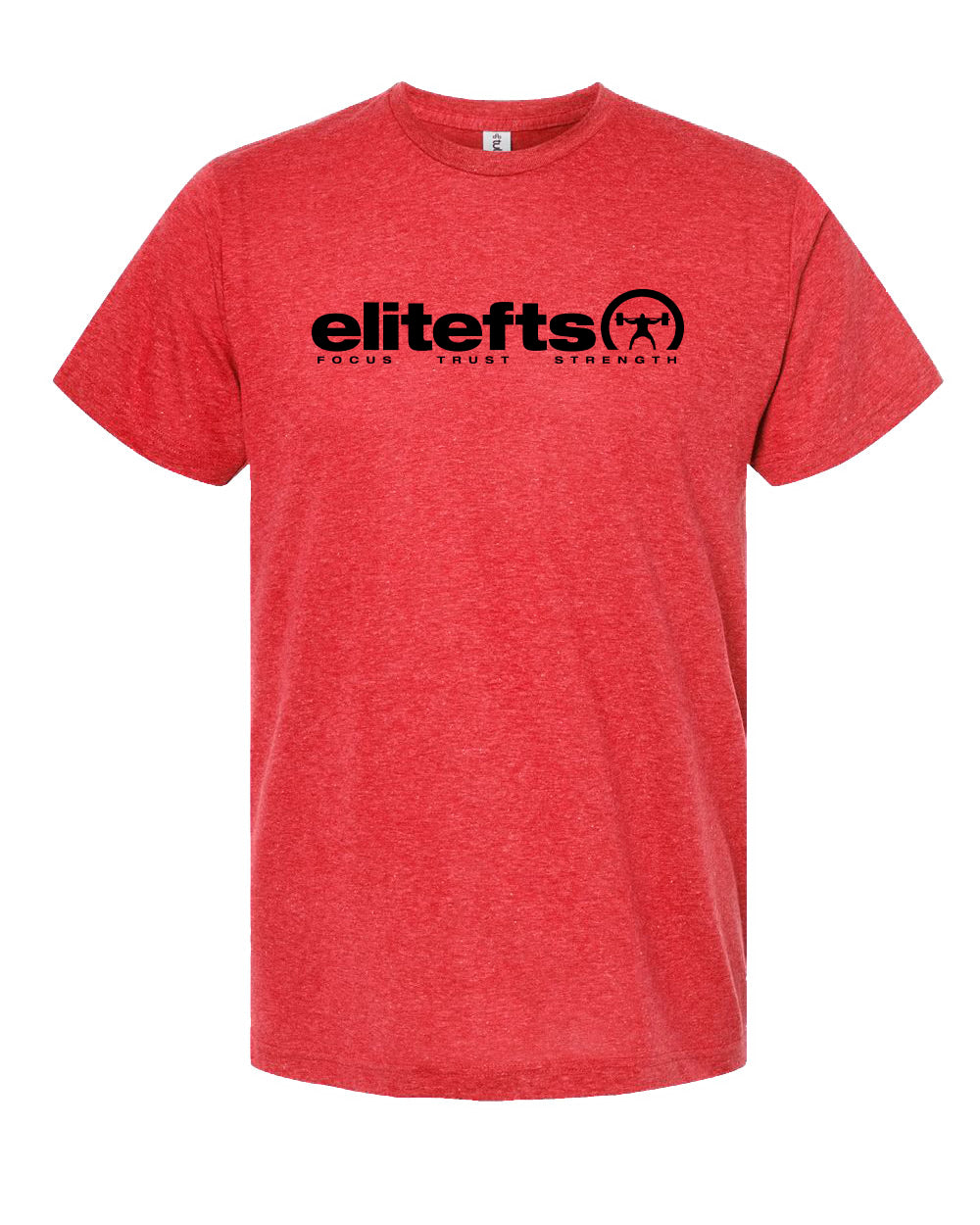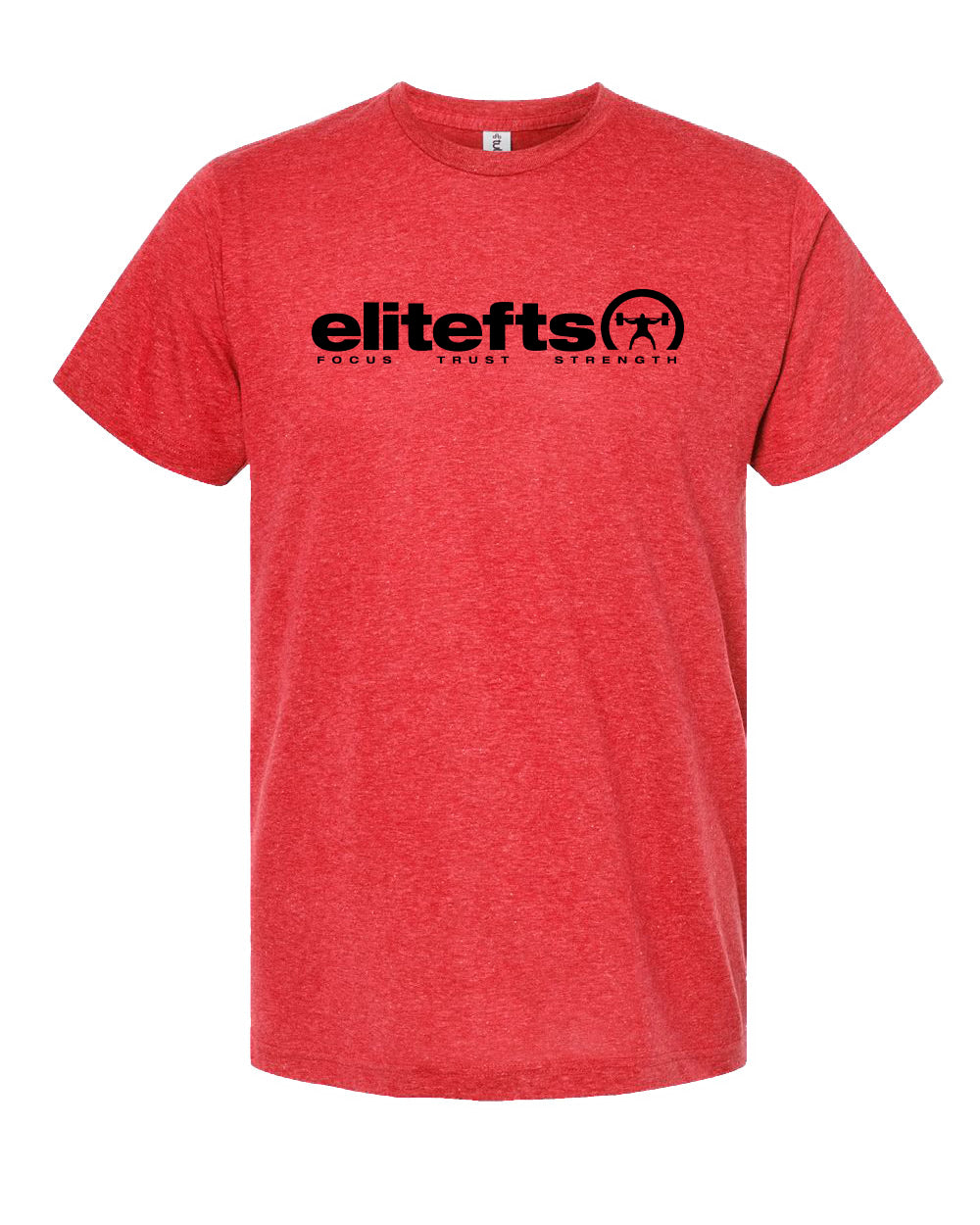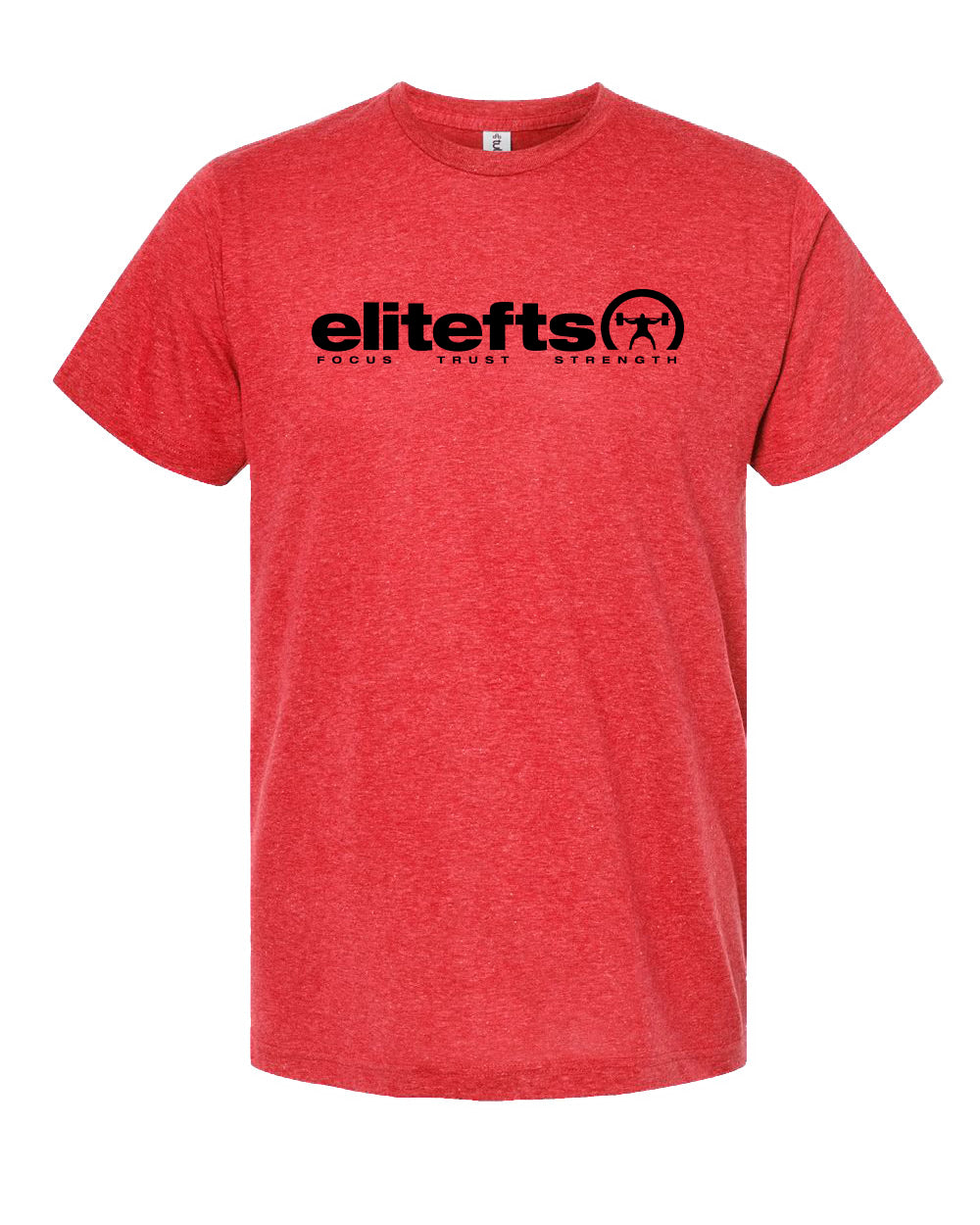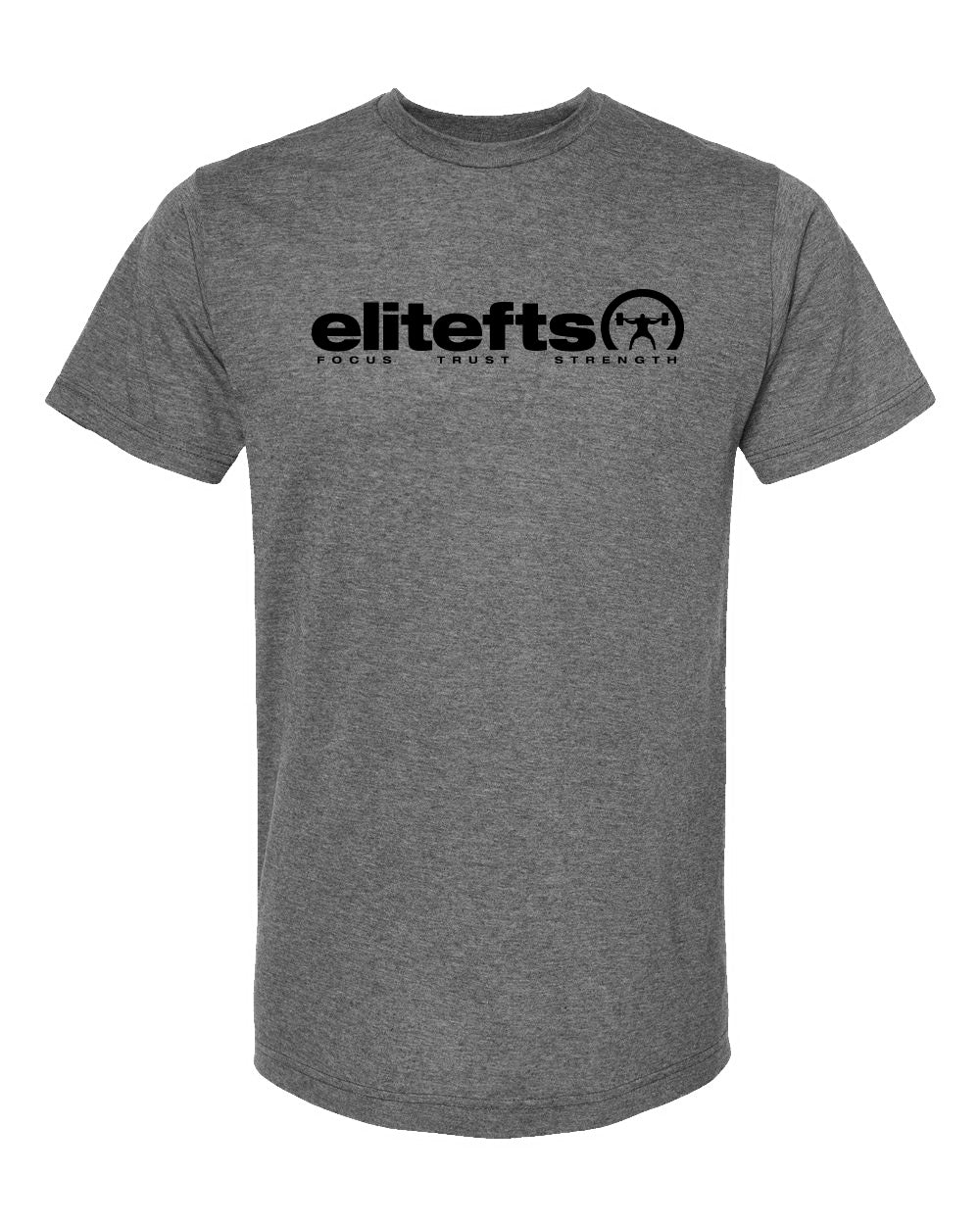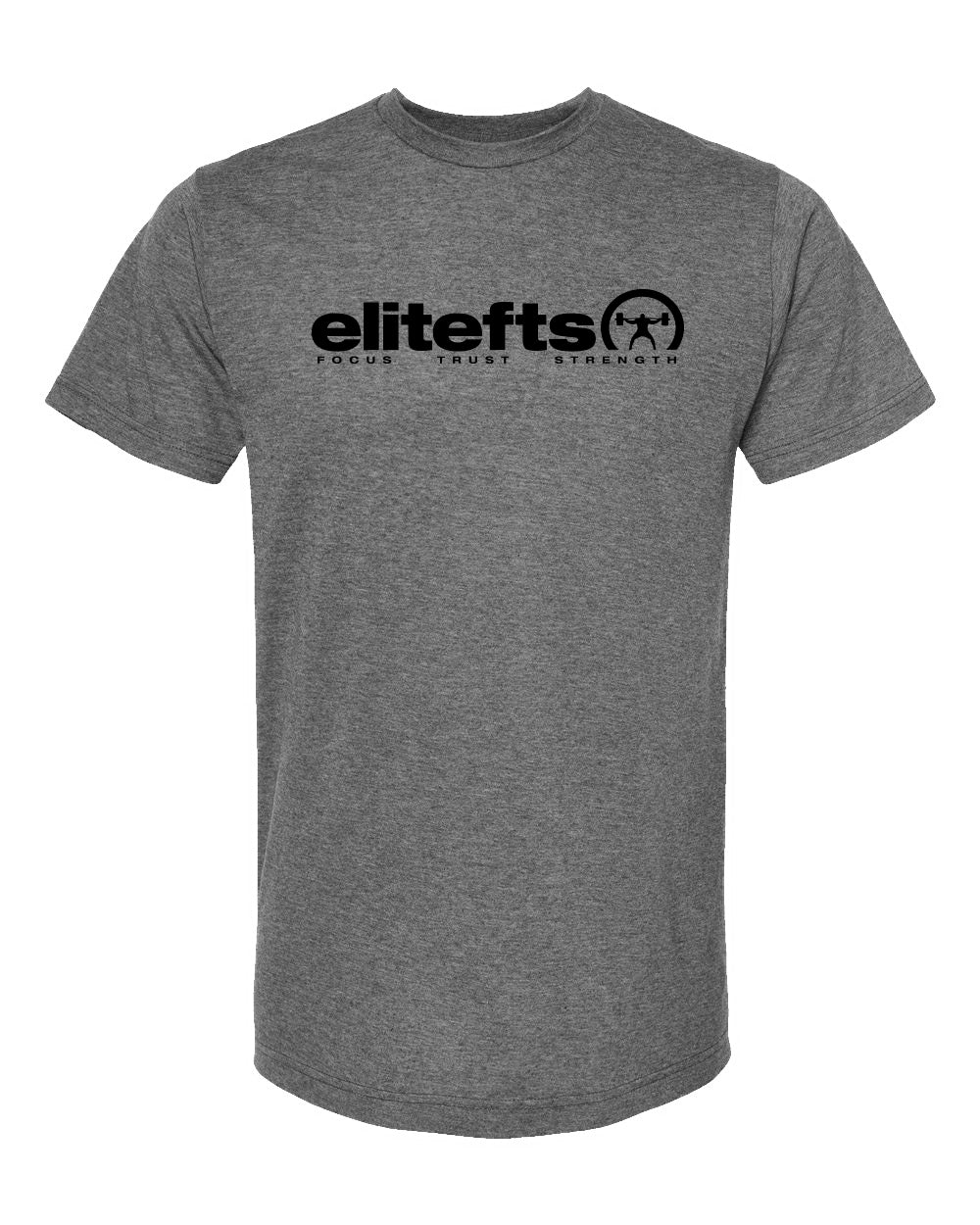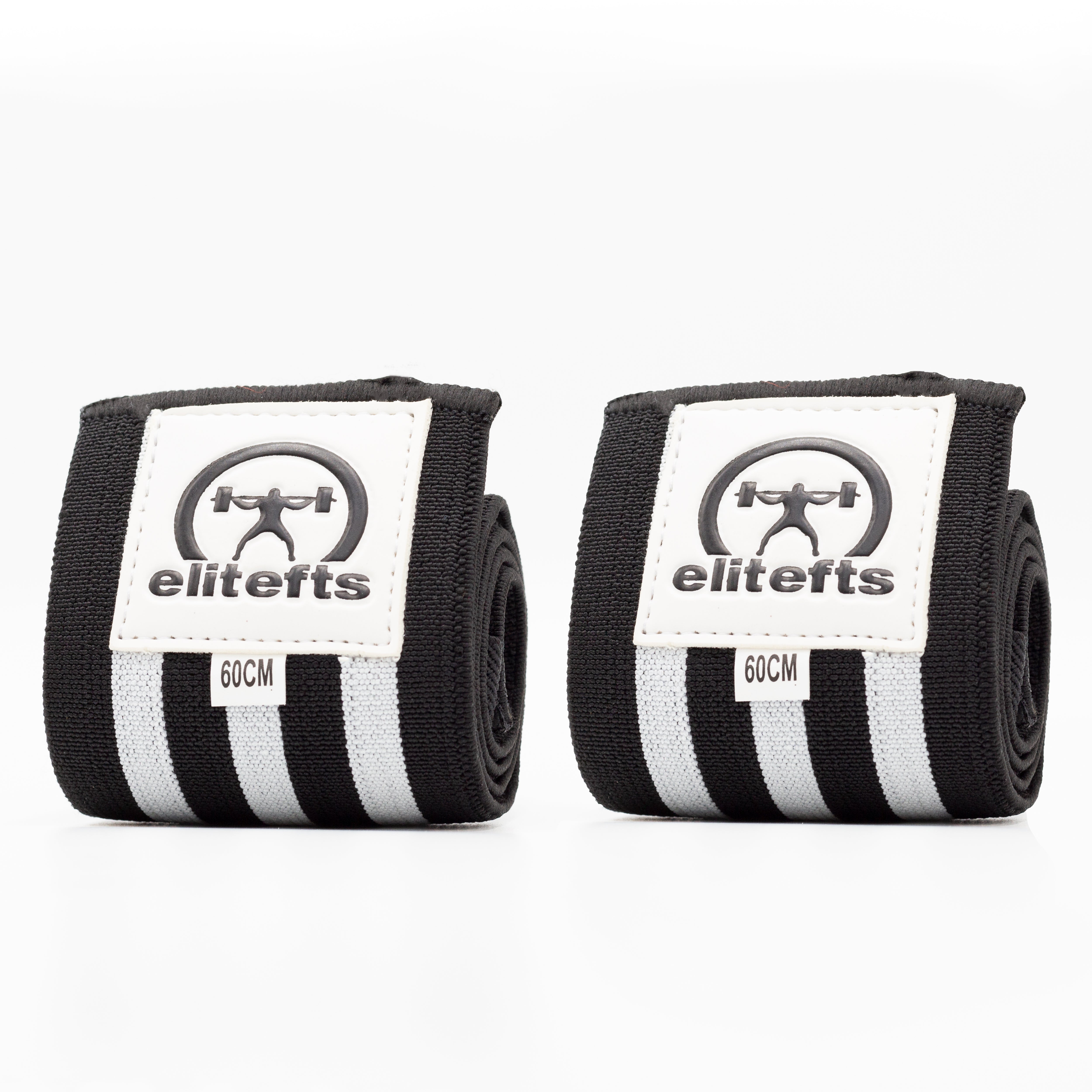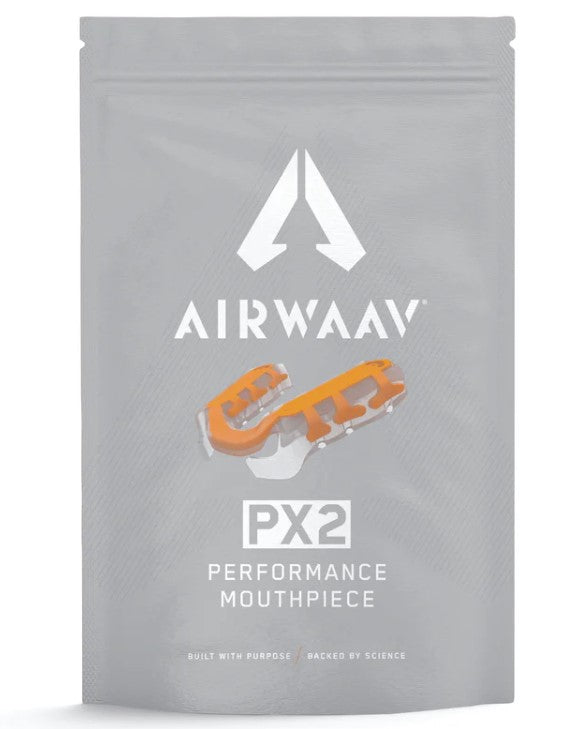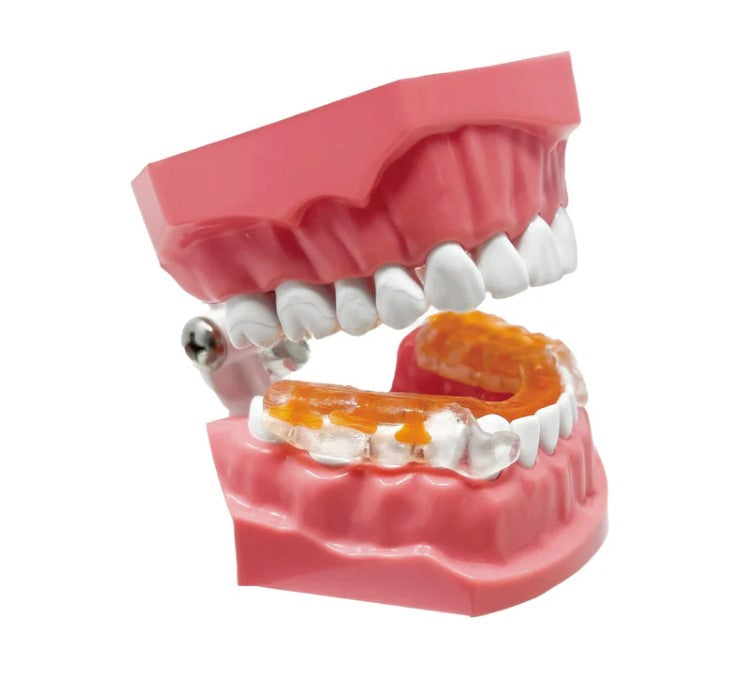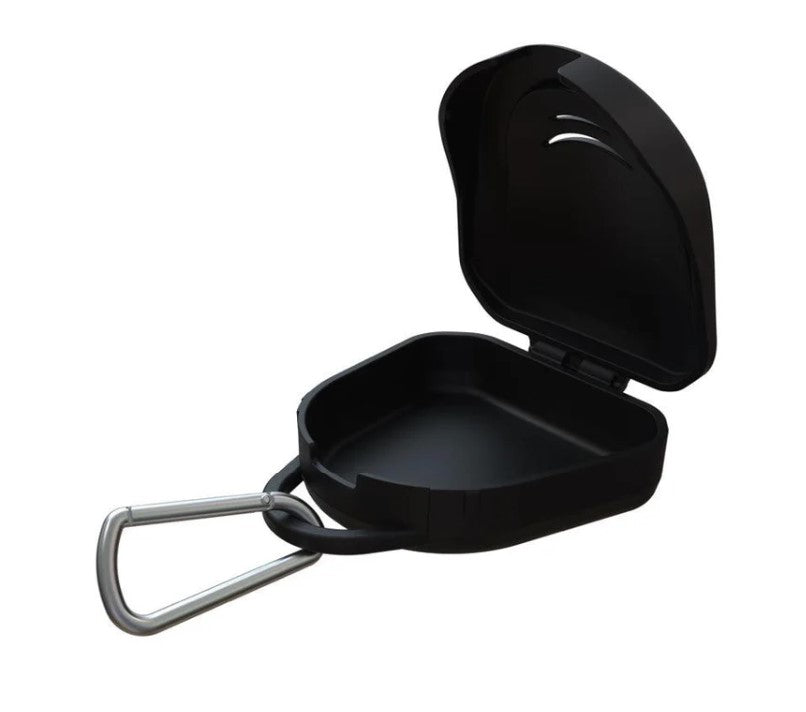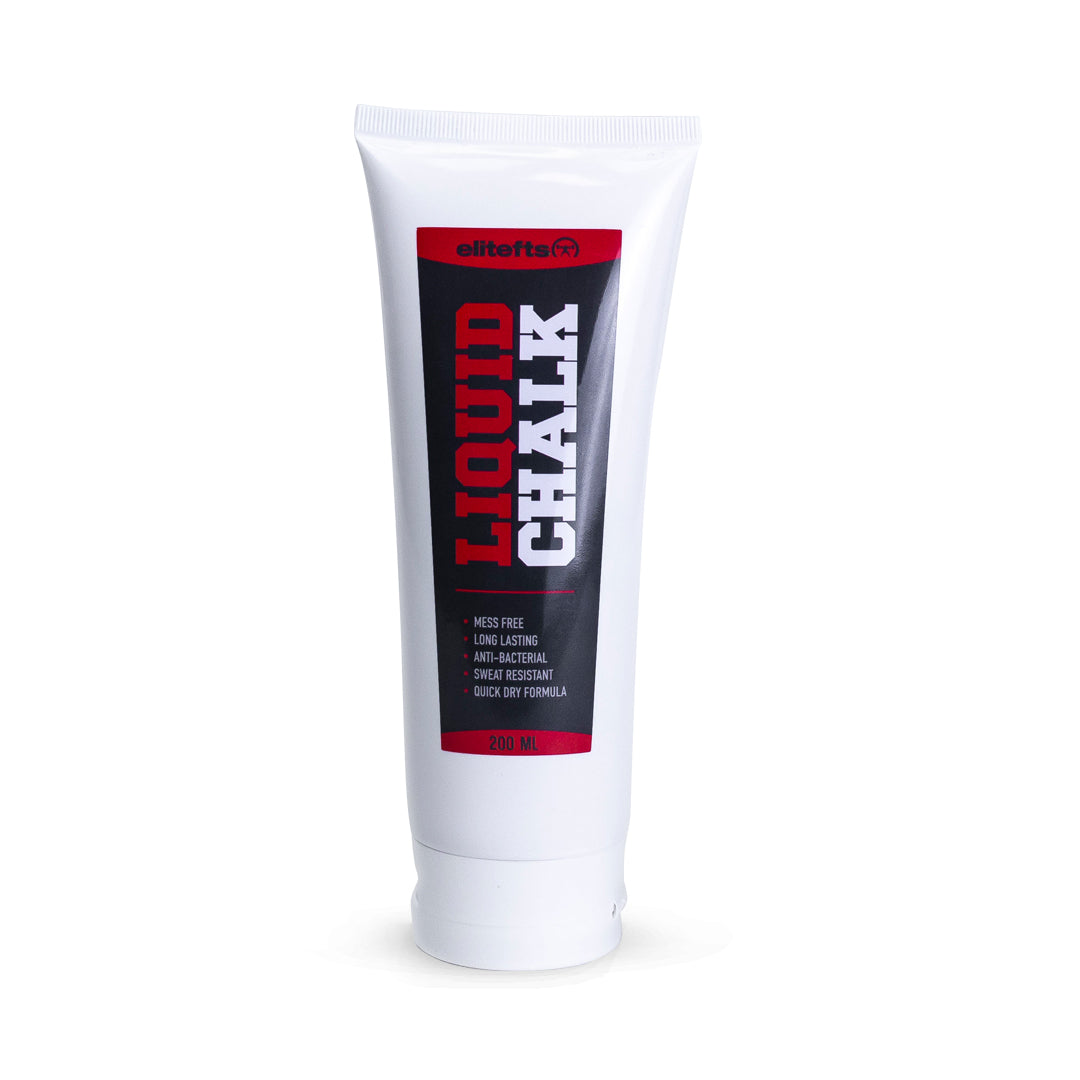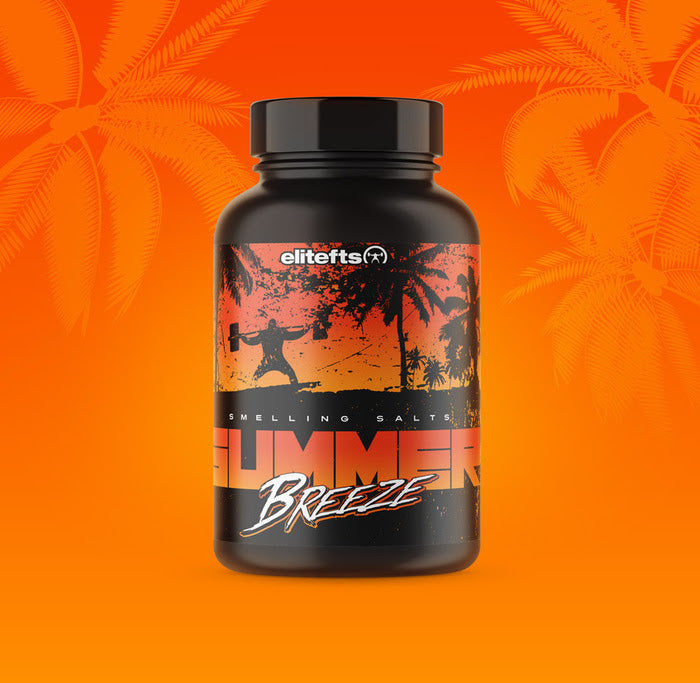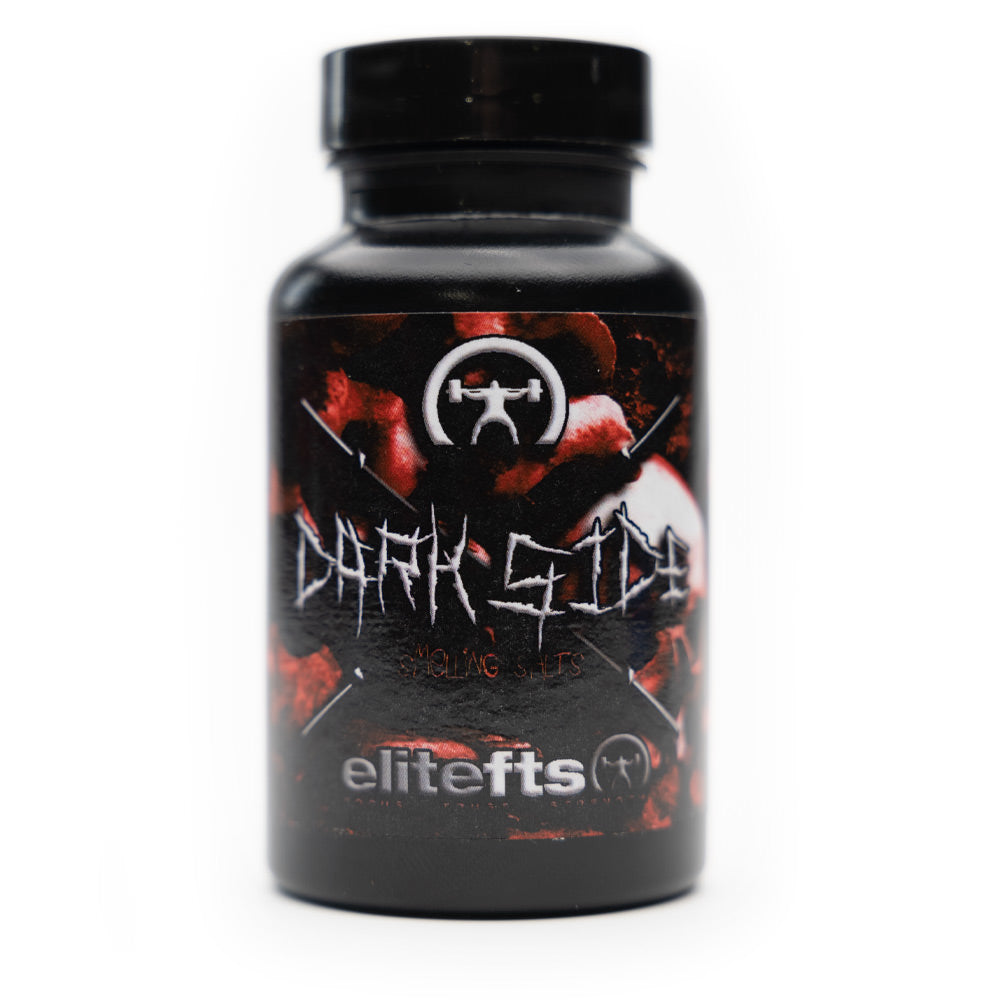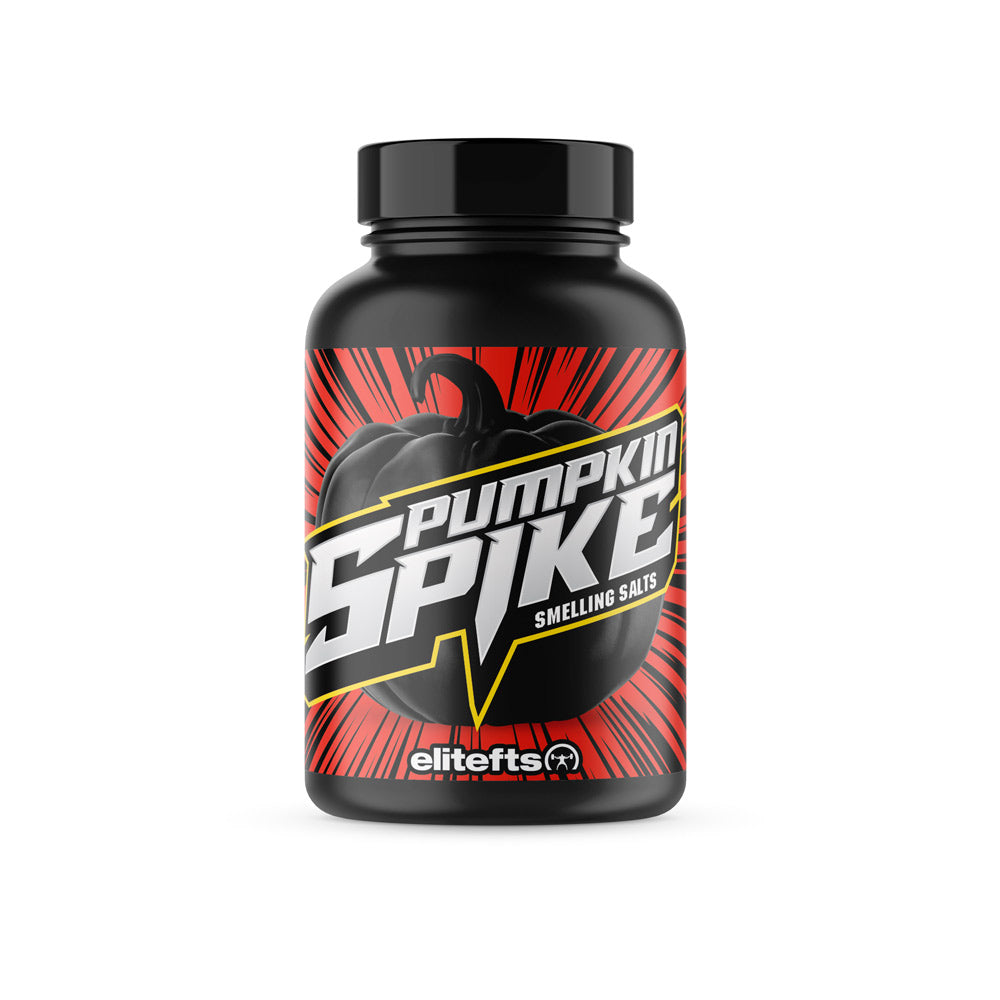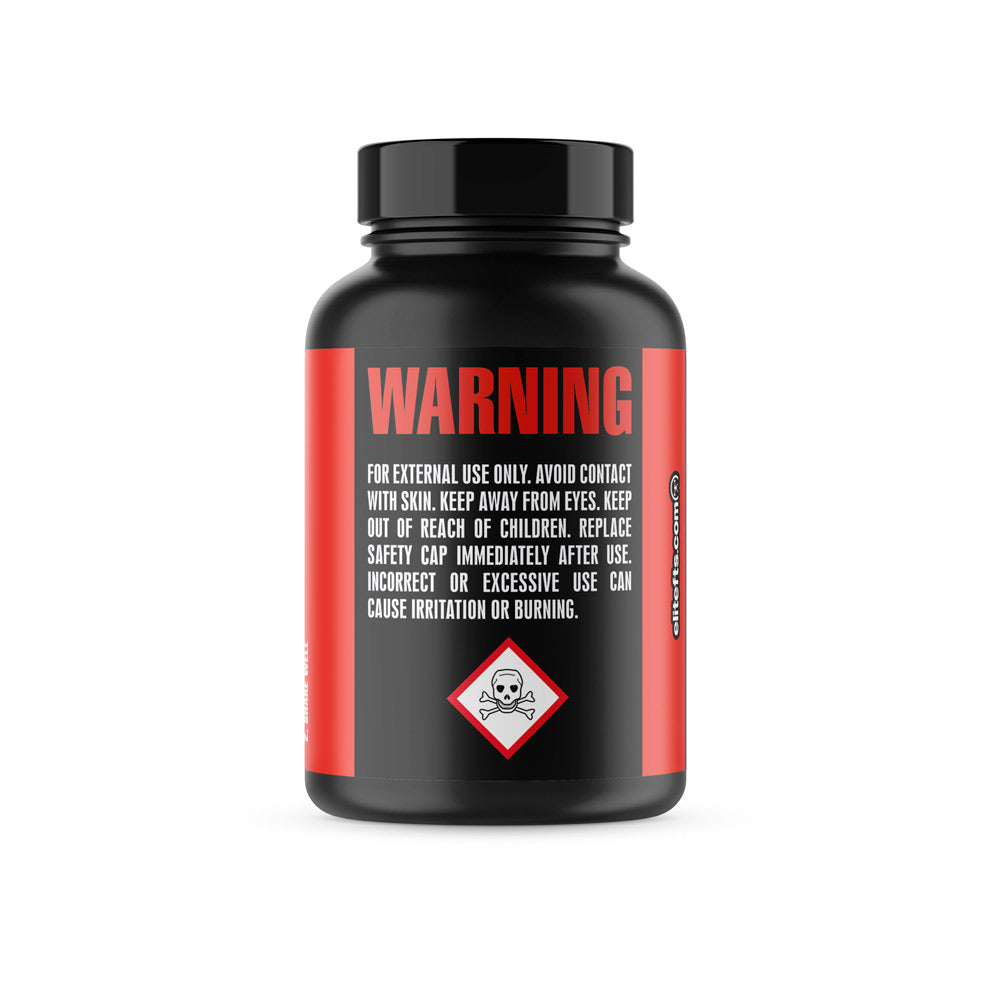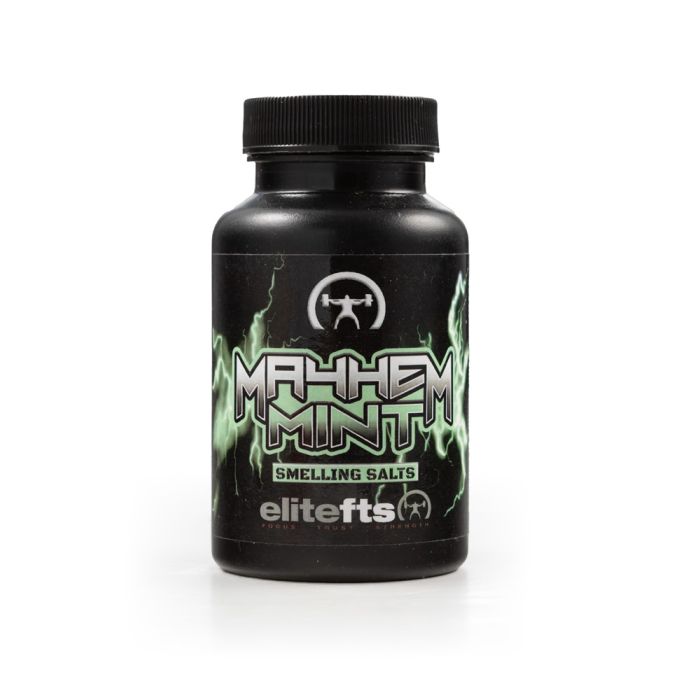The Quest for a Better Press
Anyone who lifts weights knows the feeling: you're pushing to increase your bench or overhead press, but your shoulders start aching, or your wrists complain with every rep. Specialty bars promise a solution with neutral grips, but they often introduce new problems—they can feel bulky, unstable, or too specialized for anything but one movement.
The EliteFTS American Thin Press™ Bar. At first glance, it looks like just another Swiss bar variation, but a closer look reveals a surprisingly thoughtful piece of engineering. Its design solves the chronic issues of pain and instability not with more complexity, but with deceptively intelligent and straightforward subtractions from the traditional design. It’s a design that not only feels better in your hands but also fits seamlessly into modern training environments, eliminating the frustrating plate-scrape common with older specialty bars in 3x3 power racks. This article breaks down the five most impactful and unexpected features that make this bar a game-changer for building pain-free strength.
Counter-Intuitive Strength: Why a Thinner Bar is More Stable
The American Thin Press™ line is a full three inches thinner than traditional Swiss bars. Logically, you might assume this would make it less stable, but the opposite is true: its slim profile makes it more stable under heavy loads.
The thinner frame significantly reduces lateral wobble, eliminating the unstable feeling in your wrists and making the bar feel more like a solid straight bar during the lift. This is a direct contrast to the "traditional Swiss bar feel," which can have a "slight wobble possible at max loads."
From a force application standpoint, this stability is non-negotiable. It minimizes energy leaks, ensuring that the force generated by the prime movers is directed into the bar, rather than being wasted on controlling lateral sway. This newfound stability is the foundation upon which pain-free movement is built, as it allows the lifter to maintain the ideal joint positions we'll explore next.
It's Engineered to Eliminate Common Pressing Pain
The primary purpose of this bar is to allow for heavy, productive pressing while maintaining joint health. It accomplishes this by addressing fundamental biomechanical issues that plague many lifters.
The bar’s neutral and angled grips allow for a more natural wrist alignment and shoulder movement path, reducing the stress that can lead to pain and injury. This benefit is especially apparent during incline or overhead pressing. The bar’s thin profile allows lifters to achieve a high touch point on the chest and maintain a "stacked" joint position, with elbows directly under the wrists. This alignment is critical for maximizing force transfer and minimizing shear stress on the elbow and shoulder. This is often impossible with bulky logs or wider bars, which force a lower touch point and a less efficient pressing angle.
As an elitefts coach demonstrated, this design makes it a superior tool for many people:
I'm going to make a controversial statement and say that this is a better implement for most people than a log.
By solving these biomechanical problems, the bar enables more consistent and pain-free training, which is crucial for longevity and for lifters working around mobility limitations.
The Ultimate Range-of-Motion Multitool
The American Thin Press™ Bar’s design cleverly manipulates range of motion (ROM) in two distinct ways, making it an incredibly versatile training tool.
First, the thinner frame provides more clearance than a standard Swiss bar. This seemingly small change allows for a deeper stretch on movements like triceps extensions. It prevents you from hitting your face or chin on overhead presses, effectively increasing the usable ROM for better hypertrophy and muscle activation.
Second, the cambered models feature a 2.5-inch camber that can be flipped. With the camber facing down, it creates an extended ROM, perfect for a deep stretch on presses. When flipped with the camber facing up, it creates a restricted ROM, effectively acting as a built-in 2.5-inch board press for heavy overloads and lockout work. This overload capacity is only truly adequate due to the bar's inherent stability; the reduced wobble (discussed in point #1) gives lifters the confidence to handle supramaximal weights that would feel dangerously unwieldy on a less stable specialty bar.
Why Its "Missing" Features Are Actually Smart Design
Lifters familiar with high-end barbells might notice two things are "missing": knurling on the handles and spinning sleeves. These aren't oversights; they are deliberate design choices that prioritize function and value.
-
No Knurling: Instead of knurling, the bars use a textured powder coat that provides a solid grip. The reason for this choice is practical: adding knurling would "significantly raise the price" because the bars are manufactured in small batches. This keeps the bar affordable without sacrificing grip performance for its intended uses.
-
No Spinning Sleeves: Spinning sleeves would also increase the cost and are "unnecessary for the pressing and rowing moves this bar is made for." A solid, welded sleeve keeps the bar strong, stable, and the price fair, focusing investment on the elements that matter most for this type of implement.
These omissions are the hallmark of intelligent, athlete-centric engineering: every dollar of the manufacturing cost is allocated toward features that directly enhance stability and joint health, while deliberately avoiding costly additions that offer no meaningful benefit to the bar's core function.
It's More Than Just a Pressing Bar
While engineered for pressing, the bar's stability and multiple grip options make it a fantastic tool for a wide range of accessory movements, making it a true workhorse in any gym.
-
Inverted Rows & Pull-ups: Set the bar in a power rack and use the different grip widths to perform rows or pull-ups. This is perfect for mechanical drop sets, starting with a wide grip to target the upper back and moving to a narrower, more bicep-dominant grip as you fatigue.
-
Push-ups: For those who experience wrist pain doing push-ups on the floor, the bar provides a neutral-grip, joint-friendly alternative. The multiple grip widths can also be used for mechanical drop sets.
-
Bicep Curls: The angled handles, with their substantial 1.5-inch diameter, offer a comfortable "semi-supinated" grip that many people find more comfortable than a standard EZ curl bar, allowing for pain-free curls.
-
Creative Tricep Finishers: The bar allows for seamless transitions between movements. For example, you can perform a set of tricep extensions to near failure, immediately transition to a JM press, and finish with a close-grip press—all using the same bar and weight for an intense triceps burnout.
This versatility makes the American Thin Press™ Bar an incredibly valuable tool, especially for those in home gyms or facilities looking to maximize the utility of every piece of equipment.
Designed for Stronger Lifts
The EliteFTS American Thin Press Bar is a prime example of how small, intelligent design changes can address significant training issues. Its value isn't just in being "different," but in being purposefully engineered for superior stability, improved joint health, and enhanced training versatility. It proves that superior engineering—focused on stability, biomechanics, and purpose—is the ultimate variable for unlocking new levels of strength.
What part of your own training could benefit from a tool designed not just for brute force, but for smarter, more efficient movement?



